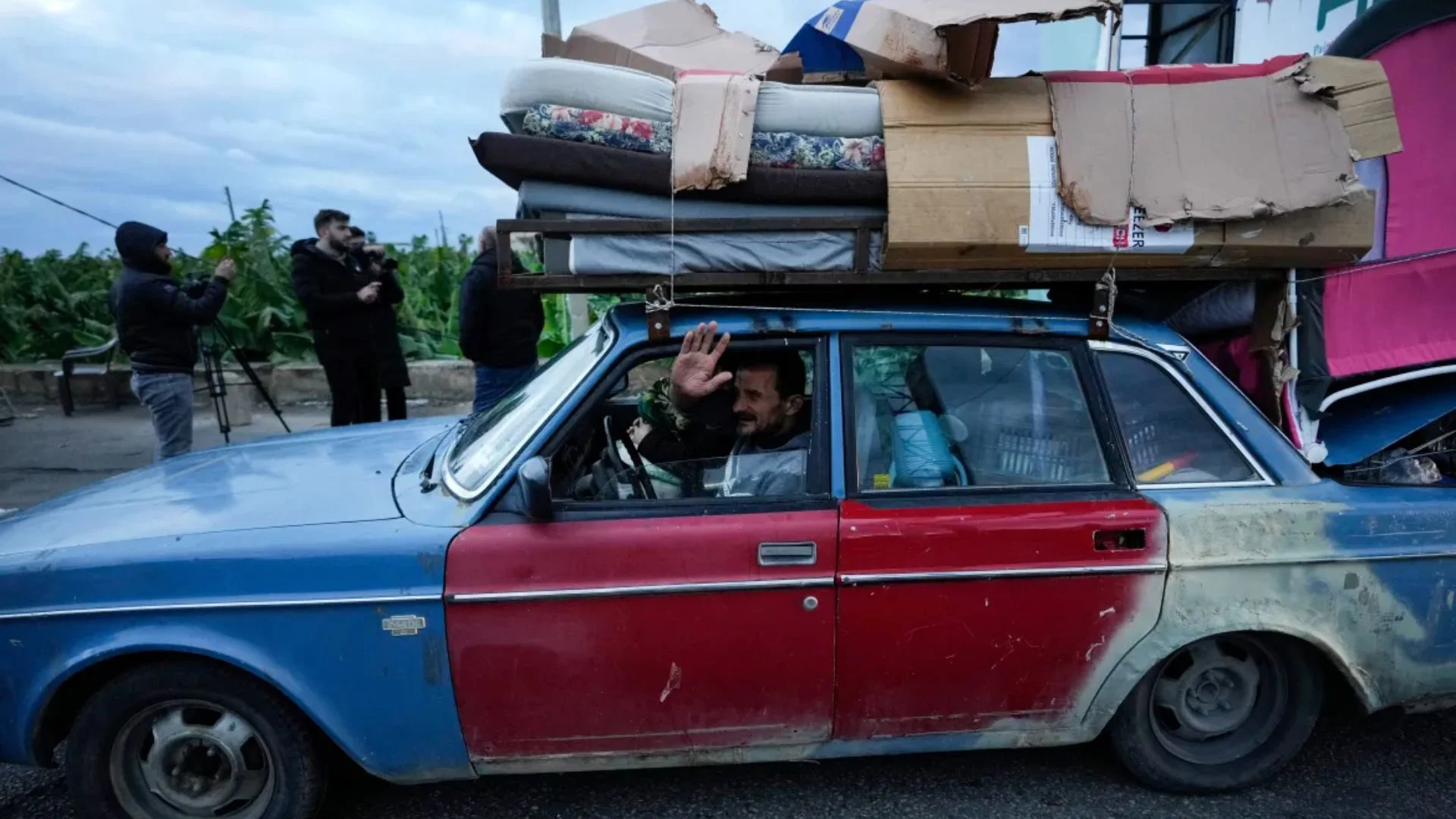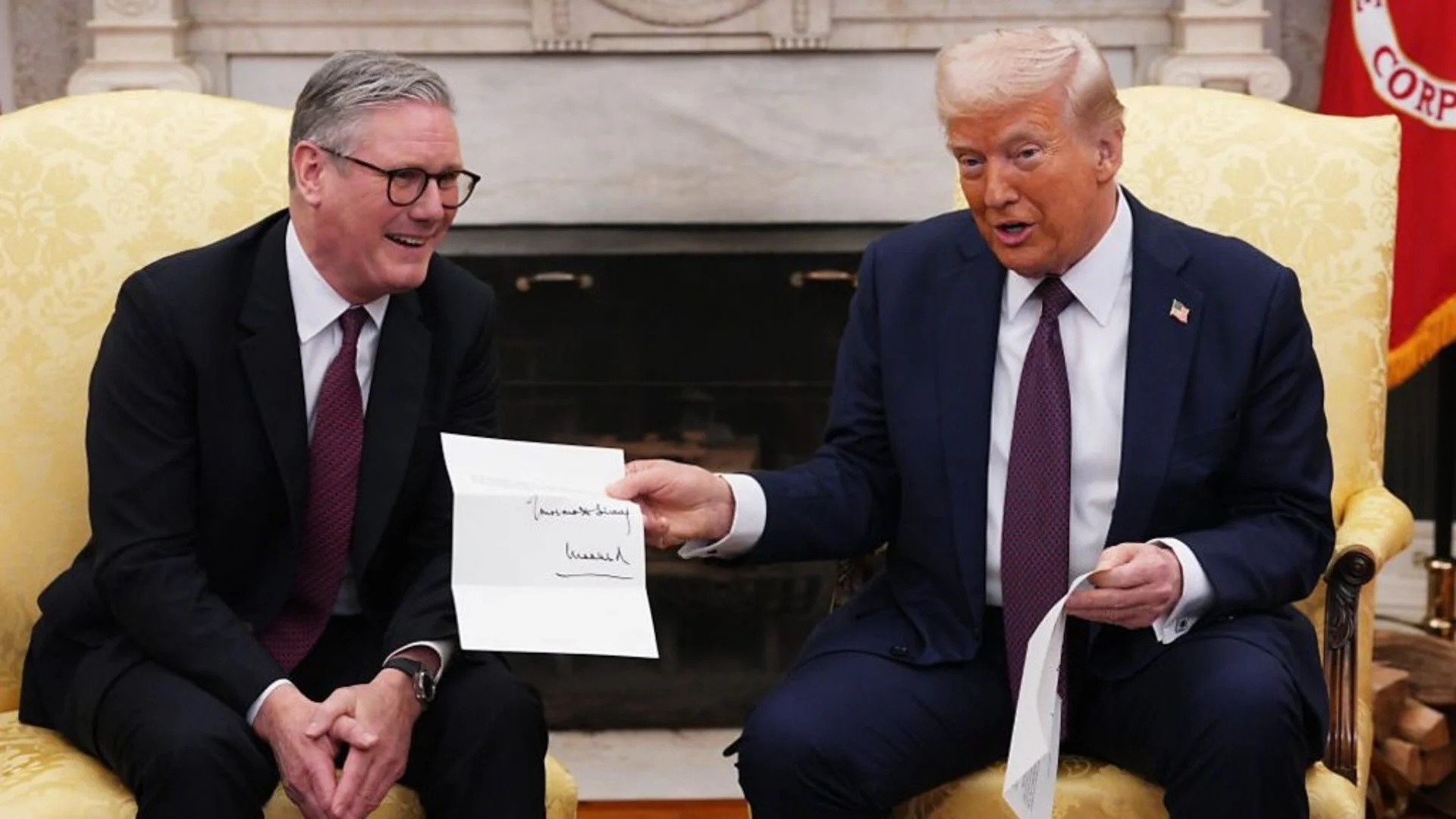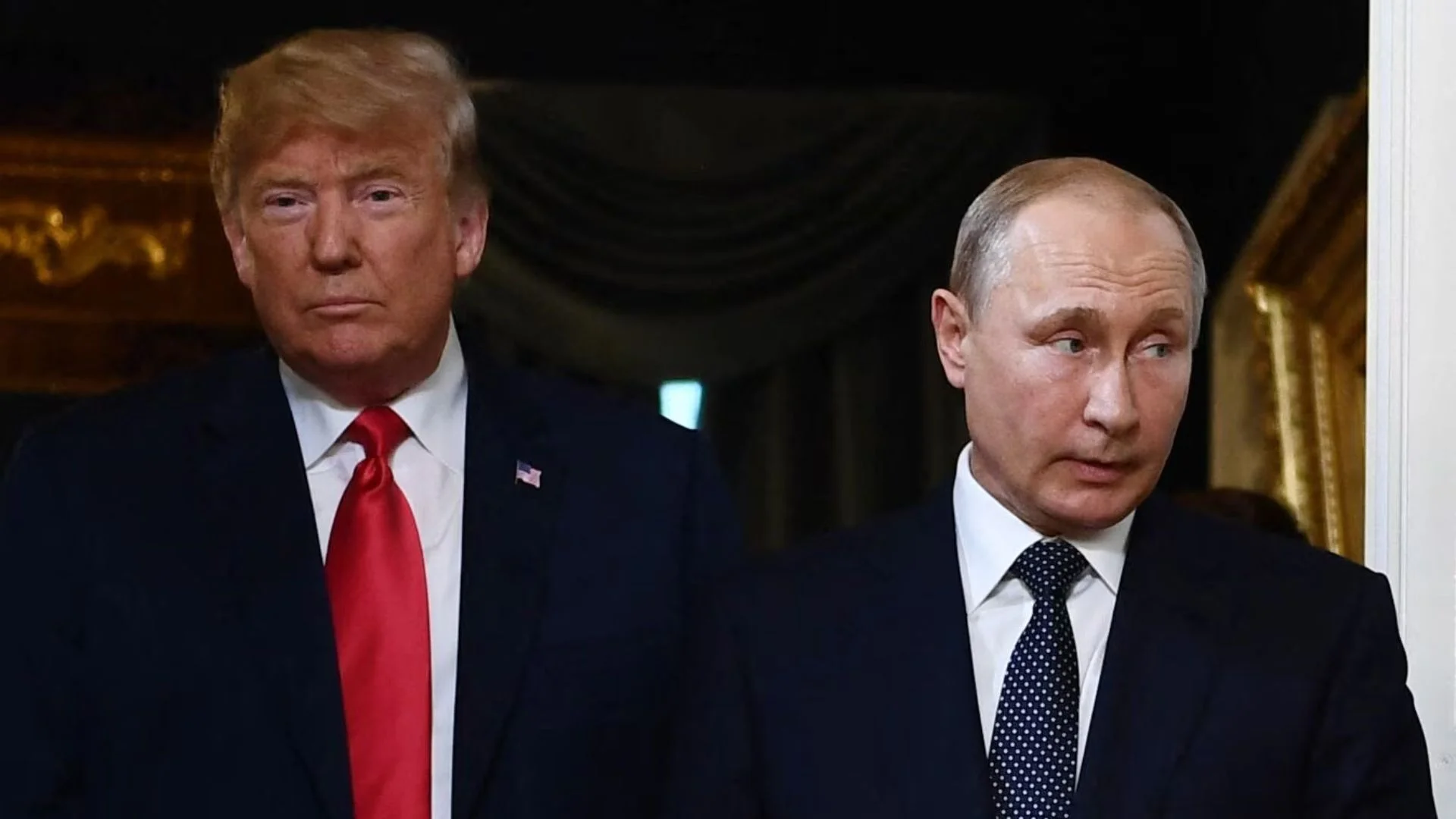For the first time in 14 months, Lebanon experienced a rare calm as a ceasefire between Israel and Hezbollah came into effect early Wednesday morning. The truce, which began at 4 a.m. local time (02:00 GMT), brought relief to a nation ravaged by conflict, which has claimed thousands of lives.
In southern Lebanon, scenes of celebration unfolded as displaced residents began returning to their homes. Thousands traveled from the capital, Beirut, to the south, despite warnings from the Israeli military to avoid previously evacuated areas. Highways leading to the region were packed with vehicles, many carrying belongings strapped to their roofs. The roads were gridlocked, particularly at Sidon’s northern entrance, as families sought to reclaim their lives.
In Tyre, another coastal city, people returned by car and motorcycle, marking the end of their long displacement. However, the scale of devastation presents a daunting challenge. Months of heavy bombardment and forced evacuations have left many towns and cities in ruins, with returning residents confronting the grim reality of destroyed homes and infrastructure.
Just hours before the ceasefire, Beirut and its southern suburbs endured the most intense strikes of the conflict. Plumes of smoke still lingered over parts of the city at dawn, a stark reminder of the violence that preceded the fragile peace.
The Israeli military’s airstrikes on Tuesday were among the deadliest, with at least 42 people killed across Lebanon, according to local authorities. Hezbollah responded by launching rockets into northern Israel, triggering air raid sirens in several communities.
Since the conflict began in October last year, more than 3,800 people have died in Lebanon, with over 15,800 injured. Despite concerns over whether the truce will hold, the ceasefire has ignited cautious hope for a permanent end to the violence, offering a moment of respite to a country yearning for peace.









